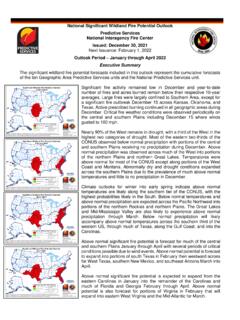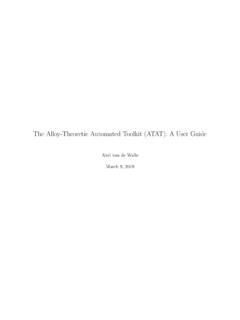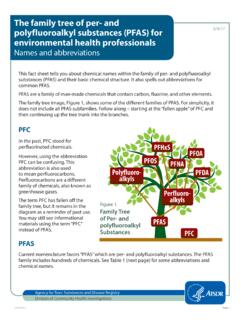Transcription of How do you start a hedge fund? The new era of hedge fund ...
1 How do you start a hedge fund? The new era of hedge fund creation and operational managementCo-authored by:Contents 1 How not to start a hedge fund with a long and expensive journey 2 Domestic and offshore hedge funds: Single structures 4 Domestic and offshore hedge funds: Combined structures 5 Domestic and offshore hedge funds: Other structures 6 Other hedge fund features: Side pockets and multiple share classes 7 The GP and legal liabilities 8 Historical costs and timelines for starting a hedge fund 11 hedge Fund In A BoxSM and the hedge Fund Wrap AccountSM: More streamlined, less costly12 Five things that startup hedge funds need to know16 About the authors18 About Stonegate Capital Partners19 About Grant Thornton LLPHow do you start a hedge fund?
2 The new era of hedge fund creation and operational management 1 How not to start a hedge fund with a long and expensive journeyUntil recently, starting or launching a hedge fund was a very expensive and overwhelming task requiring six months or longer to complete, while startup, infrastructure and operational costs ran well into the six-figure range. The hedge fund manager, who is typically the portfolio manager and/or the head trader, has the core responsibility of managing and trading the fund s proprietary strategy, which prior to the creation of the hedge fund is typically traded in the manager s personal account.
3 The traditional market approach to creating and launching a hedge fund would require the future hedge fund manager not only to run the strategy, but also to oversee many other elements simultaneously. The hedge fund manager must recruit an executive team and support staff, locate office space and negotiate a lease, and select various service providers to be key players in assisting with the operational management of the new hedge fund. These service providers include fund formation consultants, attorneys, prime brokers, administrators, auditors, tax and advisory firms, compliance firms, media and marketing companies, Web design firms, and software companies.
4 (Certain software applications can help the fund manage its portfolio and perform risk management activities.) Additionally, myriad questions must be answered regarding the detailed structural components of the hedge recently, starting or launching a hedge fund was a very expensive and overwhelming task requiring six months or longer to complete, while startup, infrastructure and operational costs ran well into the six-figure range. 2 How do you start a hedge fund? The new era of hedge fund creation and operational managementDomestic and offshore hedge funds: Single structuresA hedge fund product can be constructed as a single domestic hedge fund, as a single offshore fund, or as a combined domestic and offshore fund.
5 The decision regarding whether to use a domestic versus an offshore structure will be based primarily on the tax considerations and implications for potential hedge funds: Single fundsDomestic hedge funds are typically structured as limited partnerships (LPs), with the investment manager serving as the general partner (GP) of the fund. Investors in the fund contribute capital to the partnership and receive partnership interests, and the fund s gains and losses are passed on pro rata to investors. Domestic hedge funds are also typically structured as either 3(c)(1) or 3(c)(7) funds, depending on the type of investors that the manager intends to serve.
6 The references to 3(c)(1) and 3(c)(7) indicate that these funds are excluded from registration as investment companies pursuant to Section 3(c)(1) or Section 3(c)(7) of the Investment Company Act of 1940, which primarily regulates mutual funds. The 3(c)(1) fund is geared mostly toward managers who will cater to high-net-worth or accredited investors, small family offices, foundations, or funds of funds. A 3(c)(1) fund is required to keep the total number of investors at 100 or less. A 3(c)(7) fund structure is used when a manager s clients are primarily large institutional investors that the SEC considers to be qualified purchasers under the Investment Company Act.
7 In general, a qualified purchaser is defined as an individual investor with at least $5 million in net investments or an entity with at least $25 million in net investments. The maximum number of investors in a 3(c)(7) fund is 500. It s also important to note that a manager may operate both a 3(c)(1) fund and a 3(c)(7) fund, which are quite similar to each do you start a hedge fund? The new era of hedge fund creation and operational management 3 Incubation fundsIn certain situations, structuring an incubation fund is the most appropriate means by which a manager can begin building an investment management business.
8 An incubation fund is a lean, efficient, cost-effective structure that is suitable when a manager is looking to manage his or her own capital for a relatively short period of time ( , six to 12 months) before seeking outside capital from investors. This allows the manager to build a performance track record for his or her investment strategy, which can then be marketed to prospective investors. Offshore hedge funds: Single fundsOffshore hedge funds can be domiciled in jurisdictions such as the Cayman Islands, Bermuda, the British Virgin Islands (BVI), Dubai, Guernsey, Jersey, Gibraltar, Hong Kong, the Isle of Man, Switzerland, Luxembourg, Liechtenstein and Nevis, among others.
9 These low-tax or tax-free jurisdictions do not impose corporate-level taxes on offshore hedge funds. The investors are generally taxed in their country of residence. The manager typically selects the fund domicile based on investor sentiment regarding the regulatory regime of the jurisdiction. Among offshore jurisdictions that are favored by investors, the Cayman Islands, Bermuda and the BVI have historically been the most sought-after because of their strong regulatory structures. When a jurisdiction s regulatory bodies, such as the Cayman Islands Monetary Authority (CIMA) and the Bermuda Monetary Authority (BMA), maintain strict policies and guidelines, investors view this as a form of risk management and therefore demand that managers select those jurisdictions.
10 Other jurisdictions have also built strong regulatory bodies and have become popular among investors of How do you start a hedge fund? The new era of hedge fund creation and operational managementDomestic and offshore hedge funds: Combined structures Depending on the type and domicile of prospective investors, the manager may choose to establish onshore and offshore hedge funds that are entirely separate from each other. However, hedge funds can also be created using combined structures such as a master-feeder structure, a side-by-side structure, or a reverse master-feeder hedge funds and reverse master-feedersThe master-feeder structure is a combined hedge fund structure in which the domestic and offshore funds feed into a single offshore master fund.

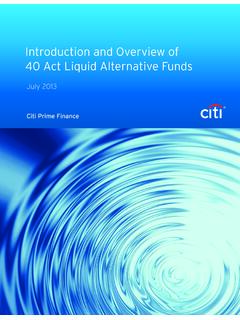

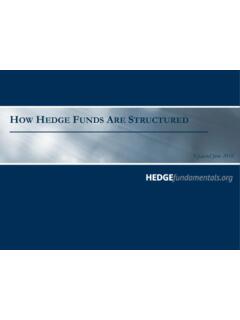
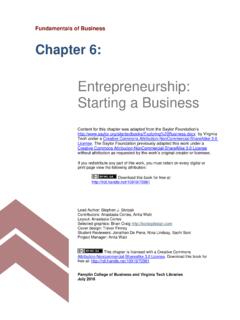
![ABSTRACT arXiv:1409.1556v6 [cs.CV] 10 Apr 2015](/cache/preview/4/e/0/e/4/4/2/c/thumb-4e0e442c20fc4f8e108fa20a1095af07.jpg)

